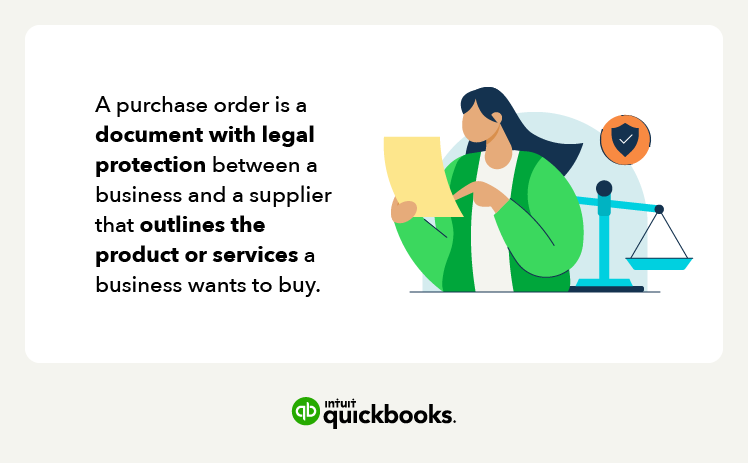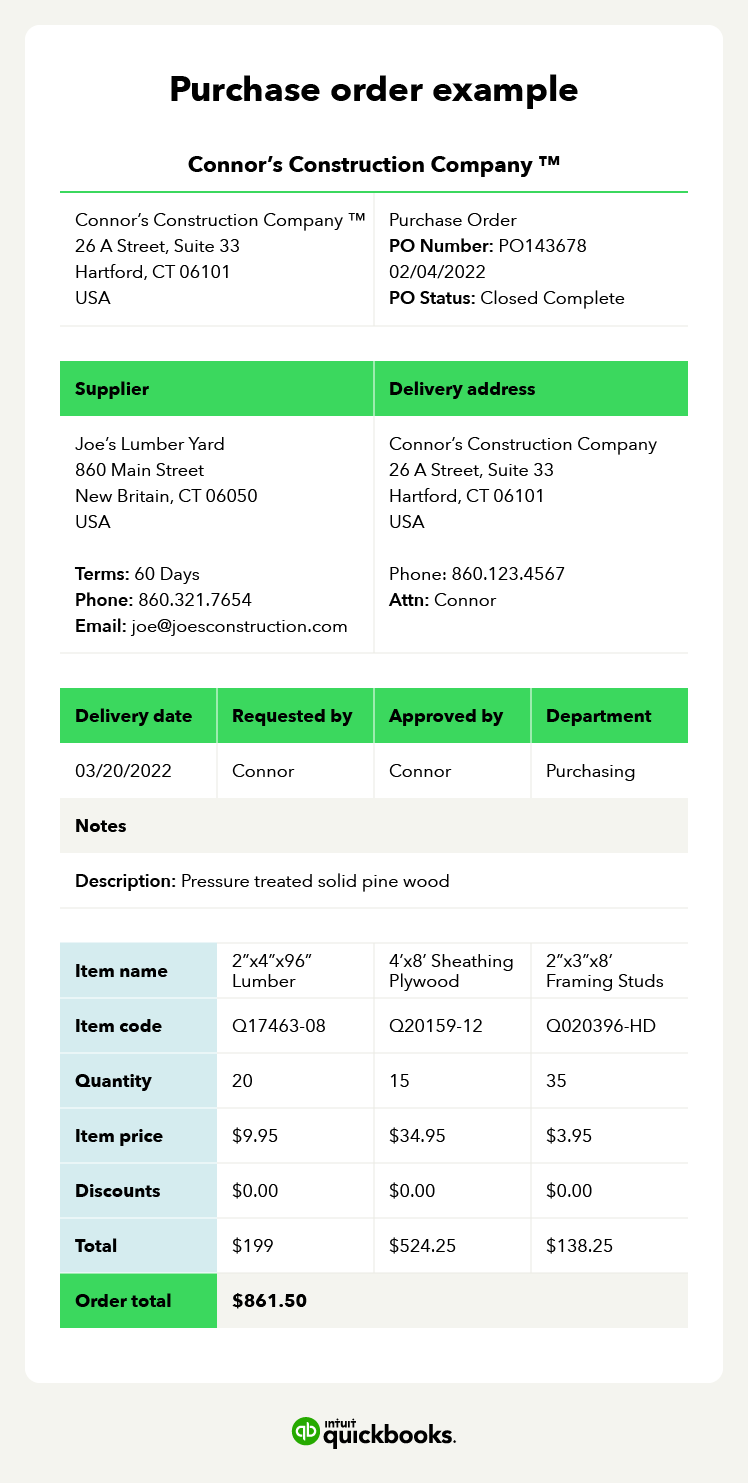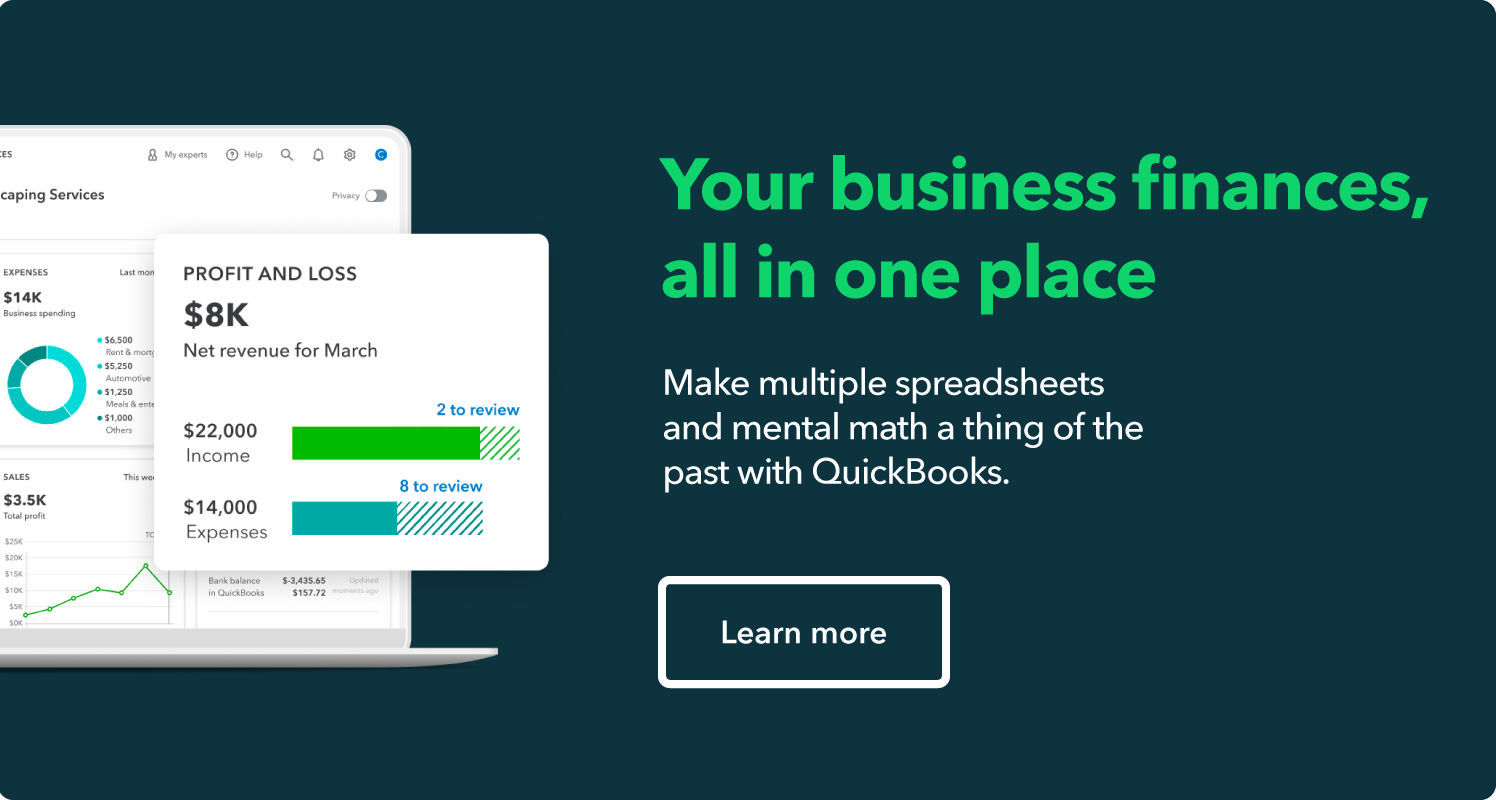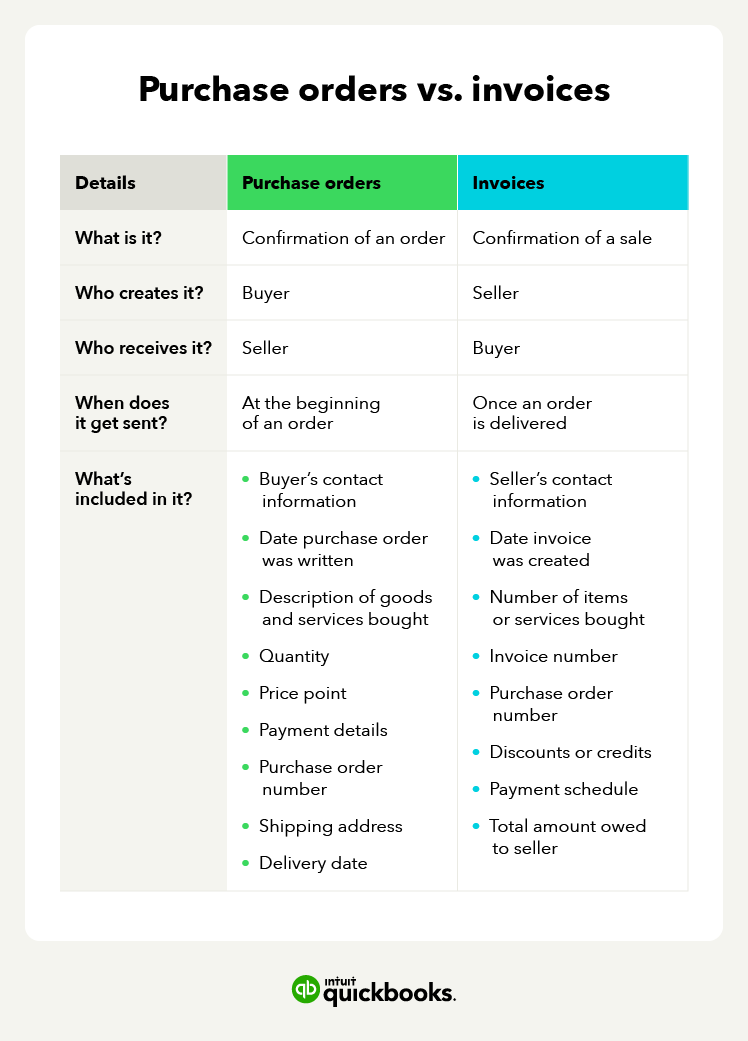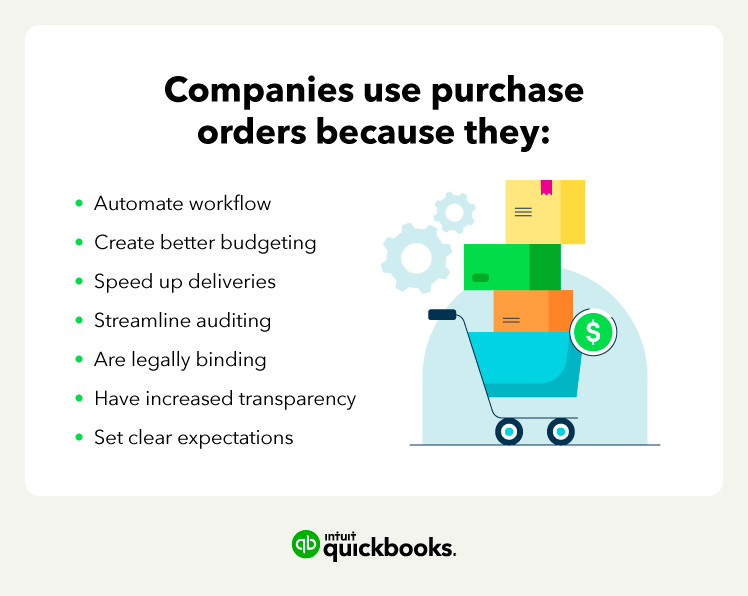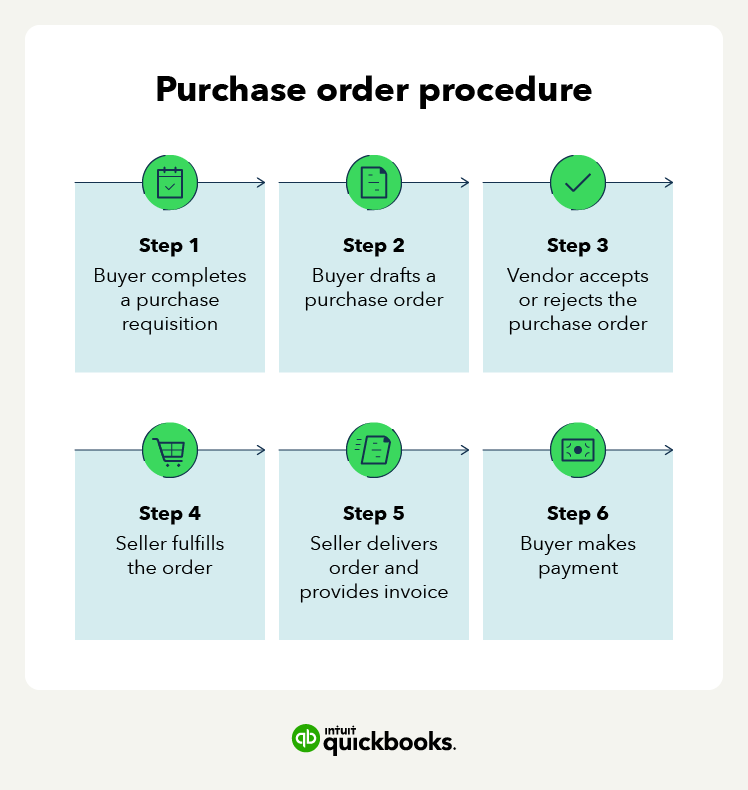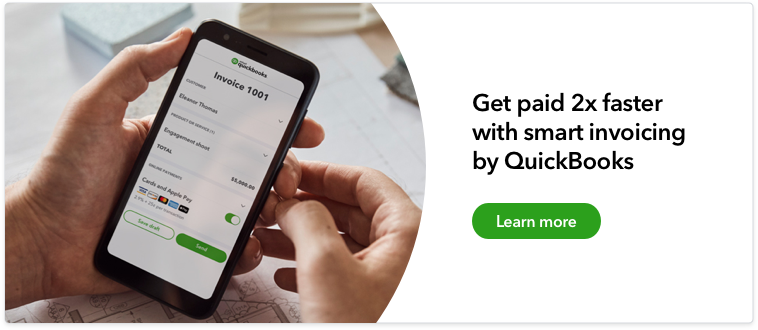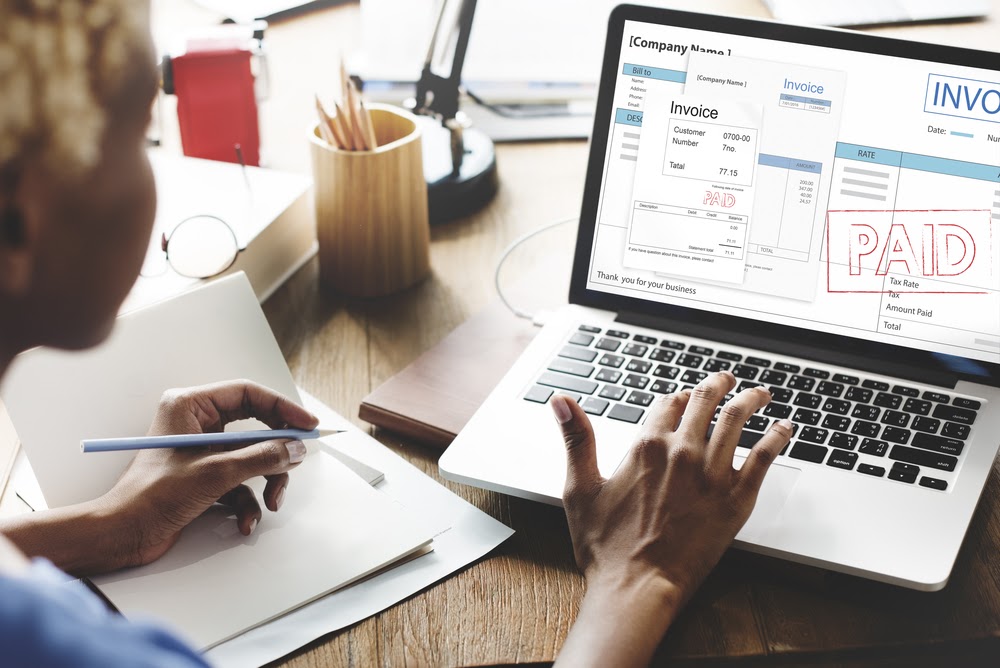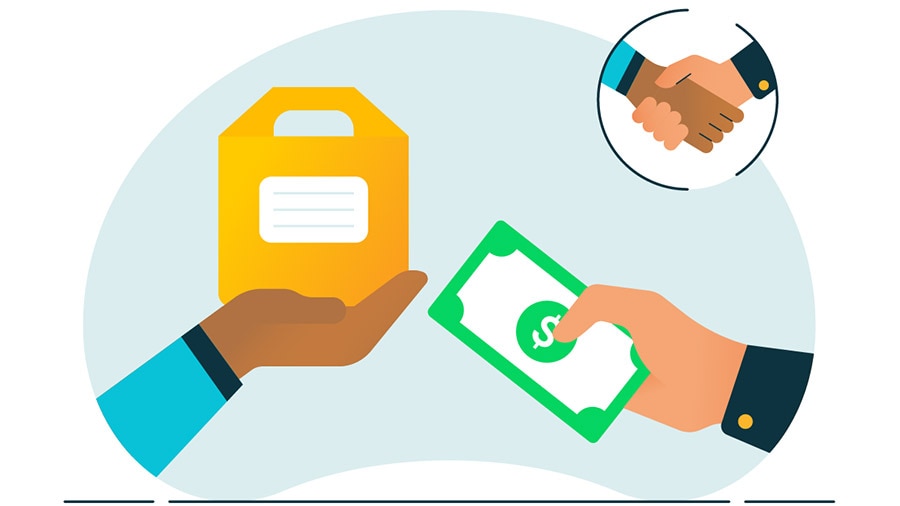There are a few reasons why you might need a purchase order. Overall, purchase orders help automate the purchasing process, ensuring nothing falls between the cracks. Explore the main reasons why companies use purchase orders and other benefits below.
Automates workflow
Purchase orders automate workflows to streamline the approval and accounting process. Having a system that manages purchase orders allows you to better control spending and protects cash flow by authorizing bills or accounts payable only as they’re fully vetted. This workflow can also protect a business from loss through checks and balances.
Outflow and inflow are also better coordinated—with this automation, the outflow slows down to accommodate the inflow so that your business is not in a net negative.
You can track this movement with your statement of cash flows. These statements report your business’s receipts and cash outflows for a set period of time and can help you make better decisions about how you spend your money.
Better budgeting
Creating a purchase order allows companies to manage their budget better. This is because they’ll be able to see what items they need to buy and factor it into their budget to spend smarter.
With that said, a purchase order helps control expenses and reduces overspending. Additionally, a business can avoid costly bank fees as a result of late payments.
Faster deliveries
Purchase orders schedule when deliveries need to be made, so by sending them to a vendor in advance, they can ensure your purchase arrives on time. Tracking packages is also easier since it streamlines the process at different shipping stages.
Streamlined auditing
Should financial discrepancies arise, purchase orders create a clear audit trail that documents your purchases for reference if something goes wrong.
Legally binding
Accepted and signed purchase orders are legally binding, giving both the buyer and seller legal protection and peace of mind.
The buyer is protected once the document is approved, meaning they are guaranteed to receive the items at the designated price point. On the other hand, sellers are protected in the event the buyer refuses to pay.
Increased transparency
Purchase orders are used by multiple teams within a company, such as the procurement, operations, and finance departments. Purchase orders allow these teams to work together to manage orders and keep tabs on which deliveries are coming in and which ones are pending.
Sets clear expectations
In a purchase order, companies should clearly articulate what items or services they need, the price point, shipping terms, and the delivery date. This sets clear expectations of what needs to be delivered and serves as documentation for when a delivery doesn’t go as planned.









